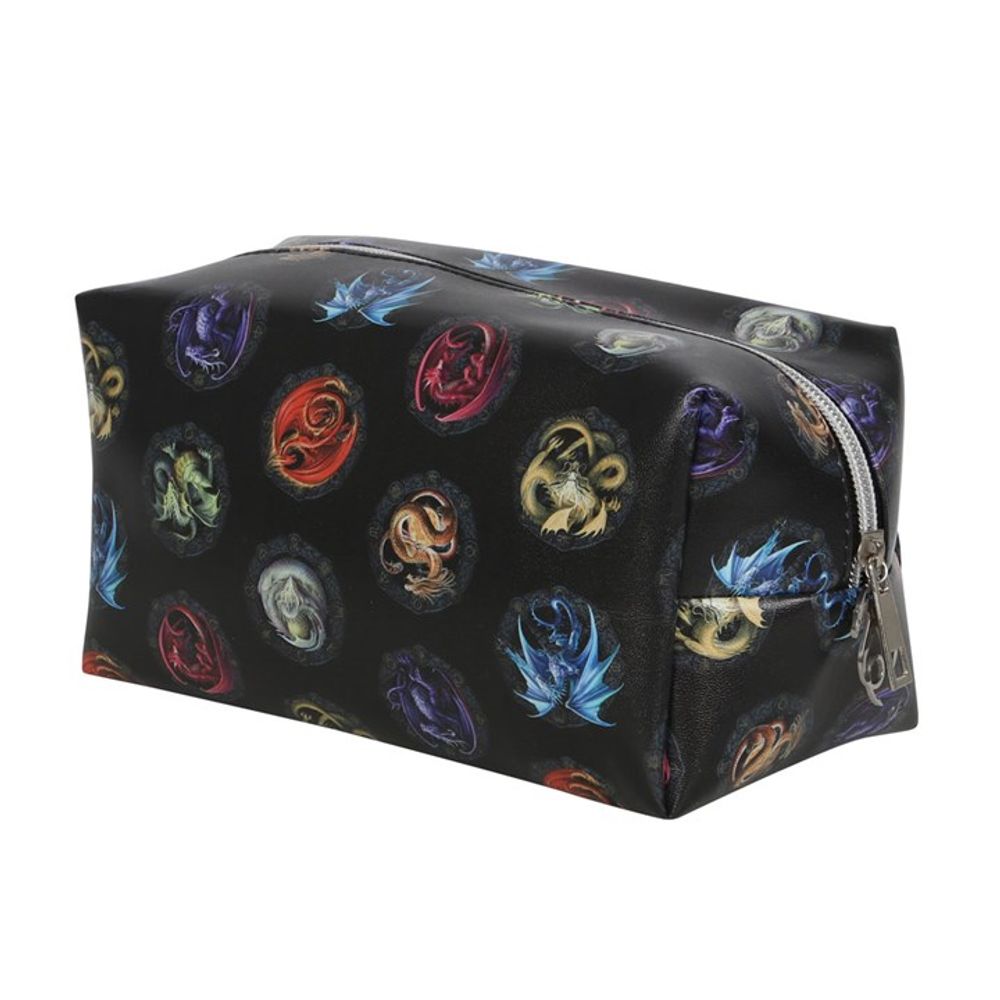
Midsummer, which is marked around 21 June, is one of the four solar holidays and is considered the turning point at which summer reaches its height. Some Wiccan traditions call the festival Litha, a name occurring in Bede's The Reckoning of Time (De Temporum Ratione, eighth century), which preserves a list of the Anglo-Saxon names for the months of the early Germanic calendar. Ærra Liða (first or preceding Liða) roughly corresponds to June in the Gregorian calendar, and Æfterra Liða (following Liða) to July. Bede writes that "Litha means gentle or navigable, because in both these months the calm breezes are gentle and they were wont to sail upon the smooth sea".
In some neo-druid traditions the festival is called Alban Hefin. The sun in its greatest strength is greeted and celebrated on this holiday. While it is the time of greatest strength of the solar current, it also marks a turning point, for the sun also begins its time of decline as the wheel of the year turns. Arguably the most important neo-druidic festival, due to the focus on the sun and its light as a symbol of divine inspiration. Neo-druid groups frequently celebrate this event at Stonehenge.
In some neo-druid traditions the festival is called Alban Hefin. The sun in its greatest strength is greeted and celebrated on this holiday. While it is the time of greatest strength of the solar current, it also marks a turning point, for the sun also begins its time of decline as the wheel of the year turns. Arguably the most important neo-druidic festival, due to the focus on the sun and its light as a symbol of divine inspiration. Neo-druid groups frequently celebrate this event at Stonehenge.














